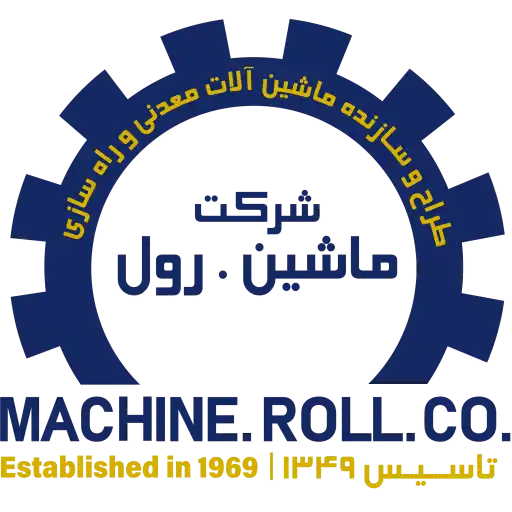In order to carry out construction projects, there is a possibility that the raw materials in those areas have clay, and some of this clay sticks to the aggregates and raw materials in those areas, practically making the use of these mines unusable. Because we know that for the production of concrete or asphalt, the sand used for the production of asphalt or concrete must be free of soil or the percentage of soil must be within the permissible limit. It is ordinary and like clay that naturally absorbs water and is attached to the aggregate in some ways, so we cannot separate this disturbing soil from the production materials for processing with the usual methods of washing, because the clay is attached to the raw materials of the methods. Conventional is not able to separate this clay, therefore, in order to solve this problem, we have to use a scrubber system to clean and reduce the percentage of soil of this type of material and to direct this type of raw material into the scrubber. And inside the scrubber, due to the vanes that are designed in such a way that the raw materials that enter the scrubber are raised along the way first to the end of the scrubber, and in the highest part inside the scrubber, due to the rotation of the scrubber boiler, it is thrown towards the bottom of the scrubber and due to the impact of the Dealing with pie materials It enters into it, practically, the clay particles sticking to the materials are separated from them, considering that when the materials containing clay are fed into the scrubber, the materials along with the water enter the scrubber. The particles that are immersed in the water as a result of the impact of the aggregates separated from the water inside the scrubber and are directed from the outlet of the scrubber to the sieve that has a geyser for additional washing, and with the water pressure on the sieve, the clay particles are separated from the materials. Separated and clean materials are taken out from the outlet openings of Serand, and the water and mud along with the sand at the bottom of Serand are separated by the salty sand, and after the water and mud are separated, the outgoing sand is also cleaned from the salty sand.
